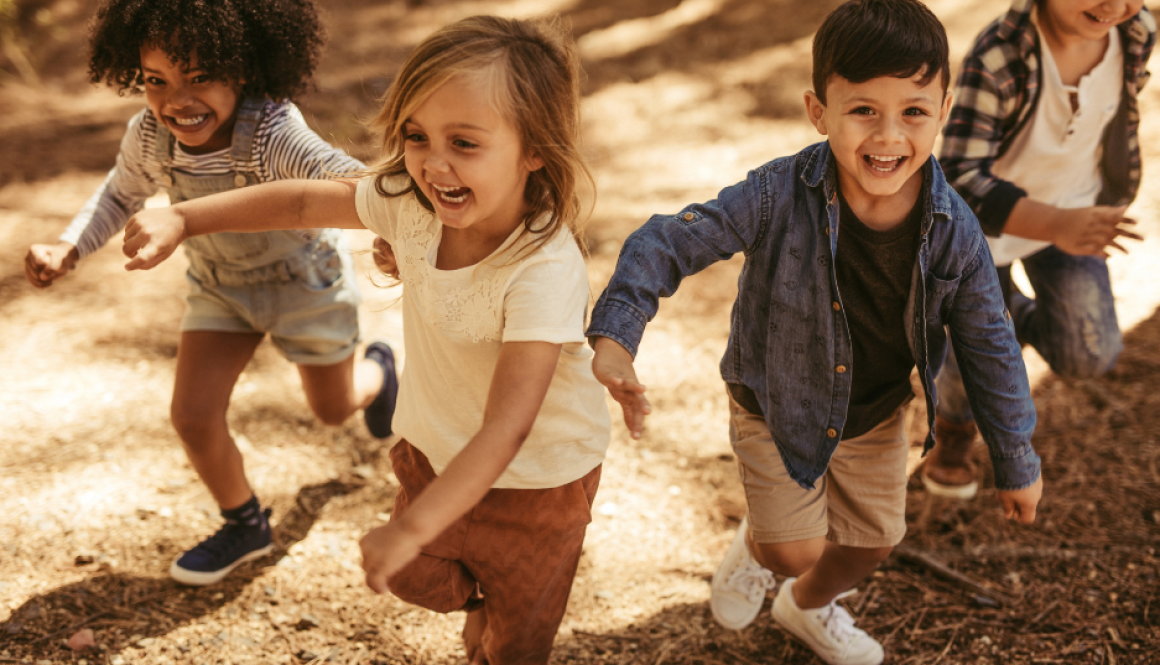

Play-Based Practice: Where to begin
Recently I have been asked to talk about how to develop a play-based practice in school quite a lot, but generally in short sessions and as there is so much that those who work with children in the early years can do, it got me thinking about some simple ways to get started.
Movement and Play in the early years is so important as it supports children in many ways, such as helping them to:
- Think creatively
- Develop problem-solving skills
- Develop language
- Develop social skills
- Learn about the world through real world experience
- Develop higher level thinking
- Develop Executive *Function* Skills & Self-Regulation
Some simple ways to start is to make some adjustments to what you already do.
Create an Enabling Environment
When children feel, safe, secure and happy in an environment that responds to their individual needs they are more likely to feel comfortable to try something new, push themselves and on the whole, relax into enjoying their day and the challenges they may face. They will then be open to new experiences and allow themselves to be challenged physically, emotionally and cognitively. When creating an enabling environment, start by thinking about your relationship with children and how you can make them feel safe and secure.
Get Creative with Resources and Material
Provide natural resources, use as many open-ended resources that you can, get parents and carers involved and ask them to donate resources and natural resources that they may already have. Ensure you rotate resources, encouraging children to be open to new experiences.
Teachable Moments
Before looking at changing the environment or resources, we can start with how we communicate with children. Ask questions, rather than give instructions, which may lead to conversations, providing children with the opportunity to develop their language and communication but also get them more involved in their learning. Ask questions and create conversations. If a child needs help, if we ask them questions about what they are doing, what has happened and what they think they could do differently to make it work, will provide many opportunities for the child to learn and develop. During these interactions, they will need to:
- listen and understand your question
- use their communication skills
- use their language skills
- problem solve.
Ongoing Communication and Role-modelling
Think about how you communicate with children as you will be modelling communication and language but also how you speak to others can have a huge impact on your relationship.

Child-directed Play
If we take a moment to observe children during child-directed play, we may find that they are learning and developing in so many more ways than we might realise.
When children are engaged in activities, on their own, in pairs or in a group, they develop holistically, for example, some of the ways children may be learning and developing when they are building a den:
- they are having to communicate with each other as to what is needed, how they would like it to look and who is doing each task – CLL
- they have to figure out what size it needs to be, the measurements of the structure, how many sides it has and the height – Mathematics
- they use their imagination and creativity to turn the den into castles, dragon’s dens, towers, ships, etc. They will learn how to use different materials to build, how malleable and inflexible materials fit together and use of materials and objects to decorate their den – Expressive Arts and Design
- they will be learning to share, take turns, respect each other, etc. Through playing with other children and playing enjoyable games in groups or pairs, children are learning social skills. They are also learning that making mistakes is ok, supporting the development of resilience – PSED
- they are learning about animals and bugs, plants, forces, the environment, the weather, seasons and different natural materials – Understanding the World
Making small changes in how we see things and our own actions can sometimes be a lot more effective than making big, possibly expensive changes.
